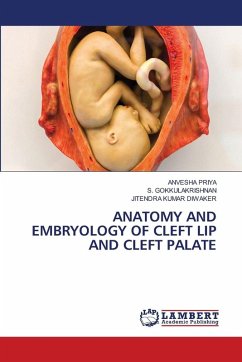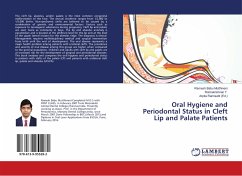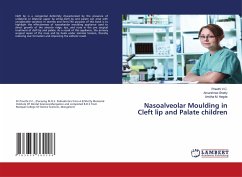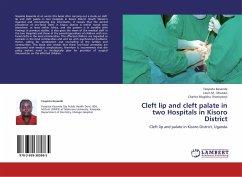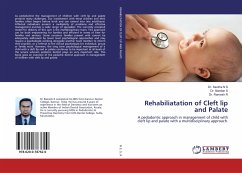
Cleft Lip And Palate
Versandkostenfrei!
Versandfertig in 6-10 Tagen
47,99 €
inkl. MwSt.

PAYBACK Punkte
24 °P sammeln!
Craniofacial anomalies comprise a large fraction of all human birth defects, less frequent only than congenital heart disorders and clubfoot. Cleft lip with or without palate (CL/P) is the most common craniofacial birth defect with an estimated quarter of a million affected babies born each year in the world. Clefts of the lip and palate reported with an incidence of between 3.7 per 1000 and 0.4 per 1000 live births. An understanding of the mechanisms involved in the pathogenesis of clefts contributes to effective management and prevention strategies by generating hypotheses that can be tested...
Craniofacial anomalies comprise a large fraction of all human birth defects, less frequent only than congenital heart disorders and clubfoot. Cleft lip with or without palate (CL/P) is the most common craniofacial birth defect with an estimated quarter of a million affected babies born each year in the world. Clefts of the lip and palate reported with an incidence of between 3.7 per 1000 and 0.4 per 1000 live births. An understanding of the mechanisms involved in the pathogenesis of clefts contributes to effective management and prevention strategies by generating hypotheses that can be tested by laboratory and clinical research.




